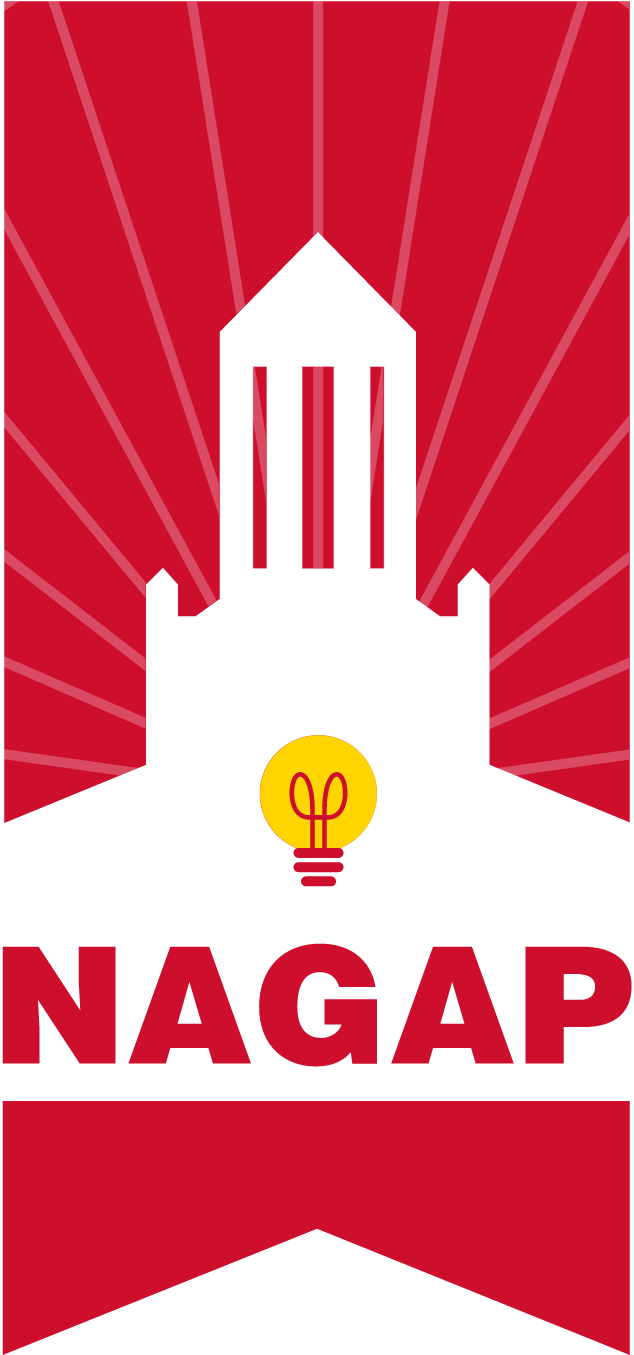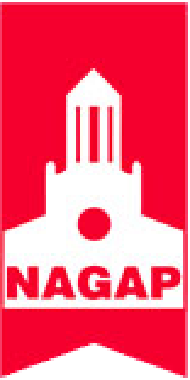Working with online programs, I never expected to gain expertise in international admissions. International students primarily complete residential programs. But the Kelley Direct Online MBA program at Indiana University amazingly had international applicants, and I slowly found myself working with that group of students more and more.
As I interviewed students and guided them through the application process, I found that our systems and resources weren’t always the most conducive to their needs. Our international population had grown and changed in the last couple of years; our cohorts were now 20% international rather than the 12% they’d been previously. And more of those international students were completing their program from abroad rather than in homes across the US.
So began the biggest (and most exciting!) project of my career. How could I make the admissions process smoother for our international applicants? What resources were we missing to help our students have the best experience possible while in our program?
Identify Improvement Opportunities
As part of our admissions process, we conduct interviews with all promising applicants, which gave me an opportunity to hear directly from students about what’s important to them. For example, many students questioned what career resources we provided, and our career services primarily focused around opportunities for those already located in the US. These questions demonstrated a gap in our offerings where we could improve.
I also wanted to review the application process from the student’s perspective to see where there were pain points. One of the things I noticed was that communications from our Office of International Services weren’t sufficient to provide online students with the support they needed to submit documents. It led to immense frustration from our students. By reaching out and accessing those communications, I was able to redesign our department's communication plan to supplement messaging that they were already receiving.
Some Improvement Examples
International Specific Orientation Information
When designing our new orientation page, we added a section specifically for international students. We’ve now included resources teaching about US academic culture, applying for I-20s and health insurance, and included additional information about the document collection process from our Office of International Services.
Supplemental Graduate Career Services Offerings
We partnered with our school’s graduate career services to provide focused career resources specifically for international students. Our students now have access to H1B visa assistance, helping them target companies most likely to sponsor H1B visas and provide coaching to make them stand out as the best-qualified candidate for the position. We’re also now able to provide MBA job boards specifically focused on international MBA job opportunities.
Additional Financial Resources
We’re currently working to provide additional financial resources for our international students, as international students are generally self-funded beyond scholarships and any employer benefits they may have. Traditionally, online international students have been largely left out of loan options but we’re in communication with an international loan company that is looking to start funding online MBAs in the near future. Providing additional financial options will allow students the ability to select the best opportunity available for their needs rather than focusing on financial constraints.
Tips and Tricks for Creating Your Own Improvements
Let Partnering Offices Know About your Goals
We were able to add career resources specifically for international students at no cost to our department by letting our graduate career services know that our population had changed and that we were seeing some different needs. They already had the resources available to our full-time MBA program and were able to let our students have access to the same resources.
Research Similar Populations
When working with a niche population such as online international students, start by researching what resources are available to similar populations. Our current project on finding ways to provide loan options to online MBA students grew from research on how international MBA students typically funded their programs. I was then able to reach out to those companies and start conversations about our students’ needs. We now know that the necessary changes are being explored and have been able to develop a relationship with that company.
Attend Conferences and Webinars
Working with a niche population, it’s easy to dismiss conferences and other events as not being relevant, but I’ve found them to be very valuable. The recent Virtual NAGAP PDI on Graduate International Enrollment Management was a great resource for me even though it focused on residential programs. Hearing about current trends and policies in similar areas makes it easier to see what may be transferable to your population, rather than completely starting from scratch on ideas.
Conclusion
Working with niche populations provides many challenges but is very rewarding. It allows you the opportunity to be creative and problem-solve, as well as make policies and resources more equitable for students. Increasing diversity and equity creates better learning environments for all of your students. I may not have expected to be working with international applicants, but I’m so glad that I found myself here.

About Kylie Smith, MBA
Kylie Smith is Associate Director of Admissions for the Kelley Direct Online MBA and MS Programs at the Kelley School of Business at Indiana University. She has an MBA from the University of Saint Francis. Kylie’s a 2022 graduate of the NAGAP Leadership Academy and has presented at the NAGAP GEM Summit previously about her work with online graduate students. Kylie also currently co-leads the NAGAP’s Business Schools community.
Related Posts




